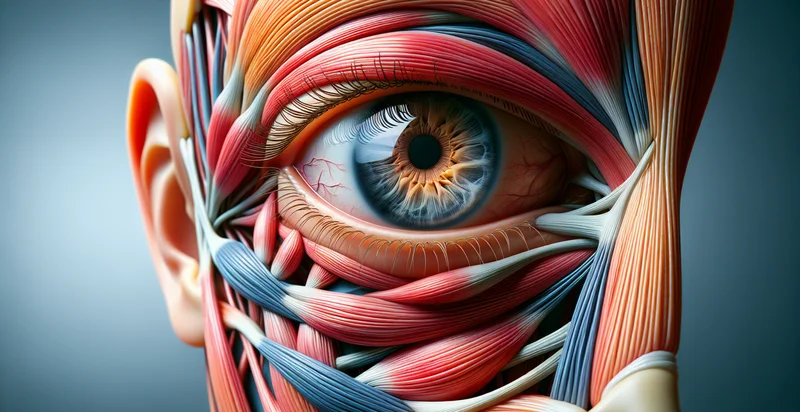Identify arm vs leg muscle
using AI
Below is a free classifier to identify arm vs leg muscle. Just upload your image, and our AI will predict if the muscle belongs to an arm or a leg - in just seconds.

Contact us for API access
Or, use Nyckel to build highly-accurate custom classifiers in just minutes. No PhD required.
Get started
import nyckel
credentials = nyckel.Credentials("YOUR_CLIENT_ID", "YOUR_CLIENT_SECRET")
nyckel.invoke("arm-vs-leg-muscle", "your_image_url", credentials)
fetch('https://www.nyckel.com/v1/functions/arm-vs-leg-muscle/invoke', {
method: 'POST',
headers: {
'Authorization': 'Bearer ' + 'YOUR_BEARER_TOKEN',
'Content-Type': 'application/json',
},
body: JSON.stringify(
{"data": "your_image_url"}
)
})
.then(response => response.json())
.then(data => console.log(data));
curl -X POST \
-H "Content-Type: application/json" \
-H "Authorization: Bearer YOUR_BEARER_TOKEN" \
-d '{"data": "your_image_url"}' \
https://www.nyckel.com/v1/functions/arm-vs-leg-muscle/invoke
How this classifier works
To start, upload your image. Our AI tool will then predict if the muscle belongs to an arm or a leg.
This pretrained image model uses a Nyckel-created dataset and has 2 labels, including Arm Muscle and Leg Muscle.
We'll also show a confidence score (the higher the number, the more confident the AI model is around if the muscle belongs to an arm or a leg).
Whether you're just curious or building arm vs leg muscle detection into your application, we hope our classifier proves helpful.
Related Classifiers
Need to identify arm vs leg muscle at scale?
Get API or Zapier access to this classifier for free. It's perfect for:
- Sports Performance Analysis: This function can be utilized by sports coaches and trainers to assess the specific muscle development in athletes. By identifying the distribution of arm and leg muscles, trainers can tailor training programs to enhance performance based on weaknesses or imbalances.
- Rehabilitation Tracking: Physical therapists can employ this image classification function to monitor patients recovering from injuries. By analyzing muscle strength in arms and legs, therapists can adjust rehabilitation protocols and track progress more effectively.
- Fitness App Integration: Fitness applications can integrate this classification feature to provide users with personalized workout recommendations. By understanding muscle conditions, users can receive targeted exercises that focus on building strength in either arms or legs.
- Health and Wellness Research: Researchers in health and wellness can leverage this technology to study the correlation between muscle development and various health outcomes. By classifying muscle groups, they can gather insights that contribute to ongoing studies in sports science and physical health.
- Apparel Design and Fit: Clothing brands specializing in athletic wear can use this function to optimize fit and design based on muscle classification. By understanding the target demographic's physique, they can create products that cater to specific muscle group shapes and sizes, enhancing comfort and performance.
- Fitness Device Calibration: Manufacturers of smart fitness devices can incorporate this classification to enhance device calibration for individual users. By understanding a user's muscle makeup, devices can provide more accurate feedback related to calories burned or workout intensity tailored to arm and leg activities.
- Personal Training Services: Personal trainers can utilize this function to create more effective and customized workout plans for their clients. By identifying muscle strengths and weaknesses, trainers can ensure balanced training that maximizes results and reduces the risk of injuries.


